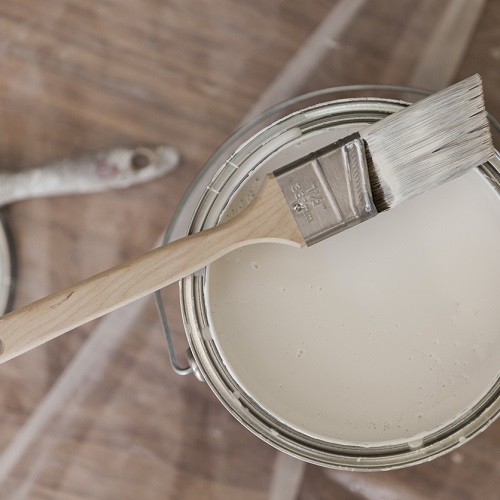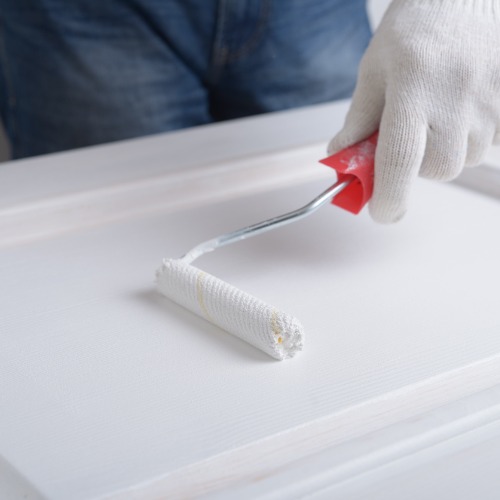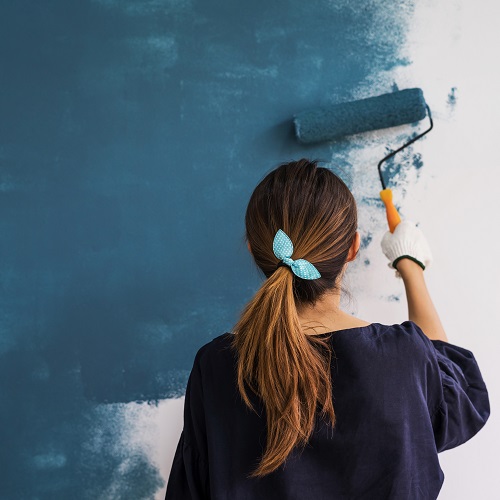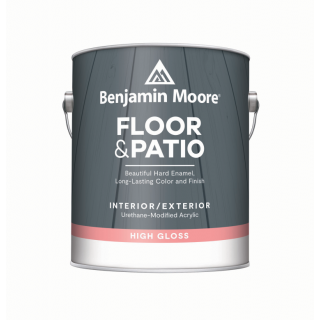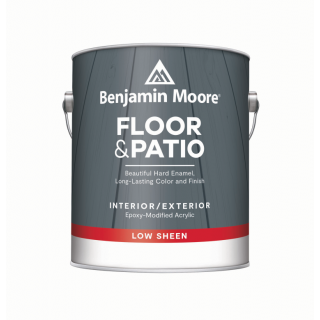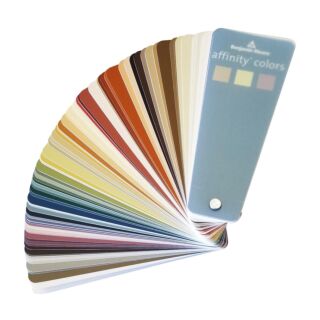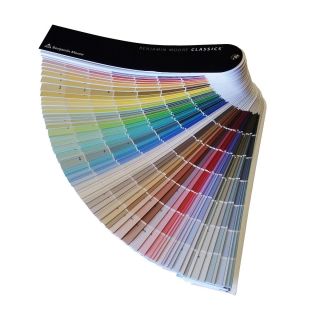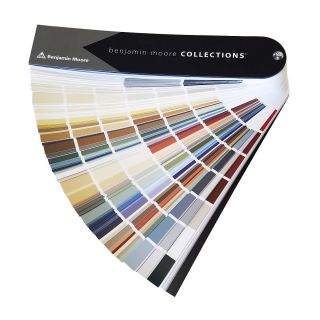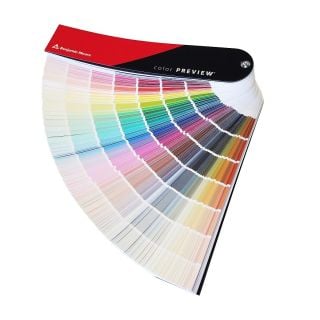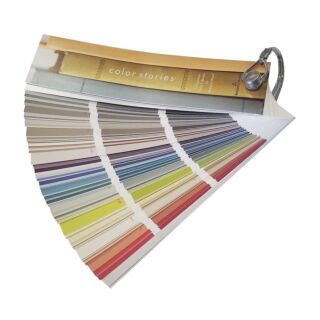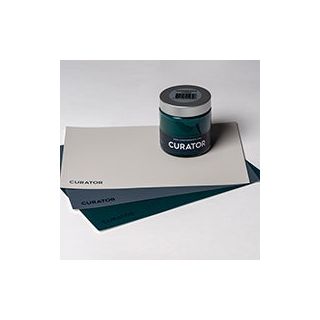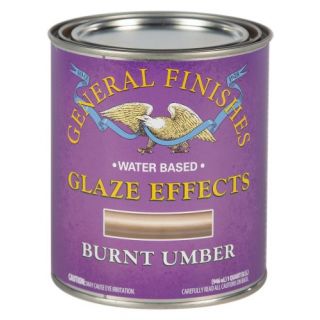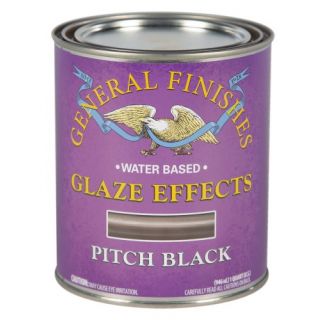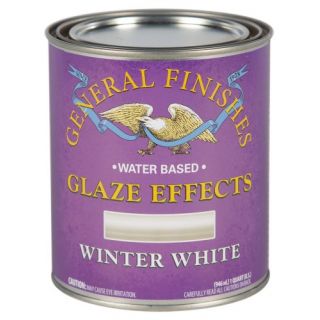Interior Paint
Best Sellers
Interior Paint FAQs
Interior paint, particularly latex paint, is formulated for fade resistance, good coverage properties, stain resistance, and easy maintenance. Interior paint is available in many sheens and thousands of colors, including designer color palettes that simplify color selection when working with more than one hue or tone; custom and matched colors can be mixed at your nearest Ring's End Paint Center. There are also specialty interior paints for areas prone to moisture or that need particularly robust coverage and stain concealment.
What are the types of interior paint?
There are five commonly-used types of interior paint - flat finish, eggshell finish,satin finish, semi-gloss finish, and high-gloss finish.
What is the best paint for interior walls?
The best paint for interior walls depends on your home and your living conditions. Here's a quick breakdown of the five most common types.
Flat Finish is great on interior walls and ceilings. As the name suggests, it's not shiny so it doesn't clean easily. This makes it unsuitable for high traffic areas like hallways,entrances and children's rooms.
Matte is one of our most popular choices for wall applications. Matte paints will hide imperfections like flat paints, but are also washable and durable.
Eggshell finish is good for adding decoration but its low luster makes it unsuitable for kitchens or bathrooms.
Satin finish is perhaps the most popular type of interior paint. That's because it's so versatile and can be washed (but not scrubbed) meaning you can use it almost anywhere.
Semi-gloss finish is ideal for adding a little shine to doors, windows, mouldings, kitchens and baths.
High-gloss finish can be scrubbed and is stain resistant. This makes it perfect for places like kitchens, bathrooms, and nurseries.
How often should interior walls be painted?
How often you should paint interior walls depends on the room in question. Generally, hallways and entrances need to be painted every 3 - 4 years. Adult bedrooms can go without paint for around 5 - 8 years. However, children's rooms need a fresh lick of paint more frequently, usually every 2-3 years.
How do you prepare interior walls for painting?
To prepare an interior wall for painting, first, clean the wall thoroughly with a warm sponge and water. Next, after letting them dry, you should remove any mold or mildew that the sponge missed. Finally, you should sand the wall with medium-grit sandpaper (100-150 grit) before applying primer.
Can you use paint that has been sitting for a while?
You can use paint that has been left for many years - providing it has been sealed correctly.
If the lid has not been placed tightly, some paint can go bad in a few short months. If the lid is not completely flat or bulging over the rim, that's a good sign it’s time to buy some new paint.

